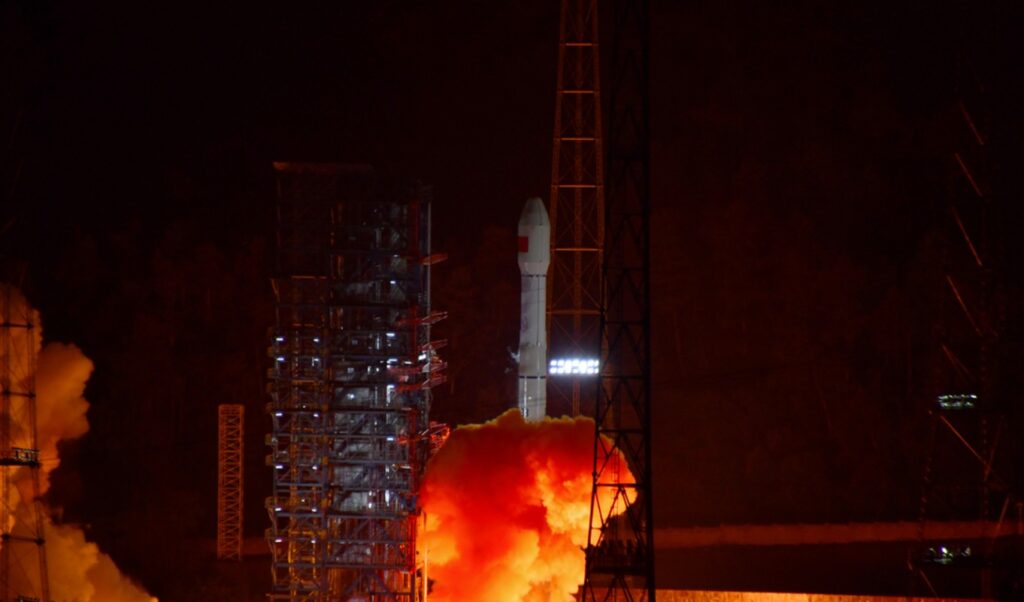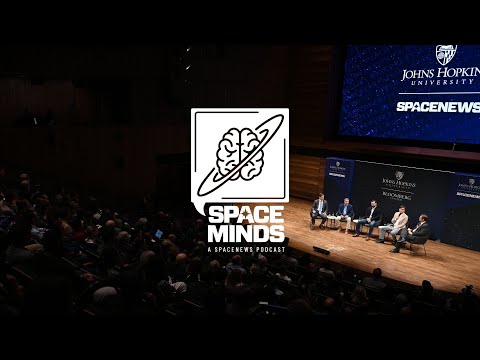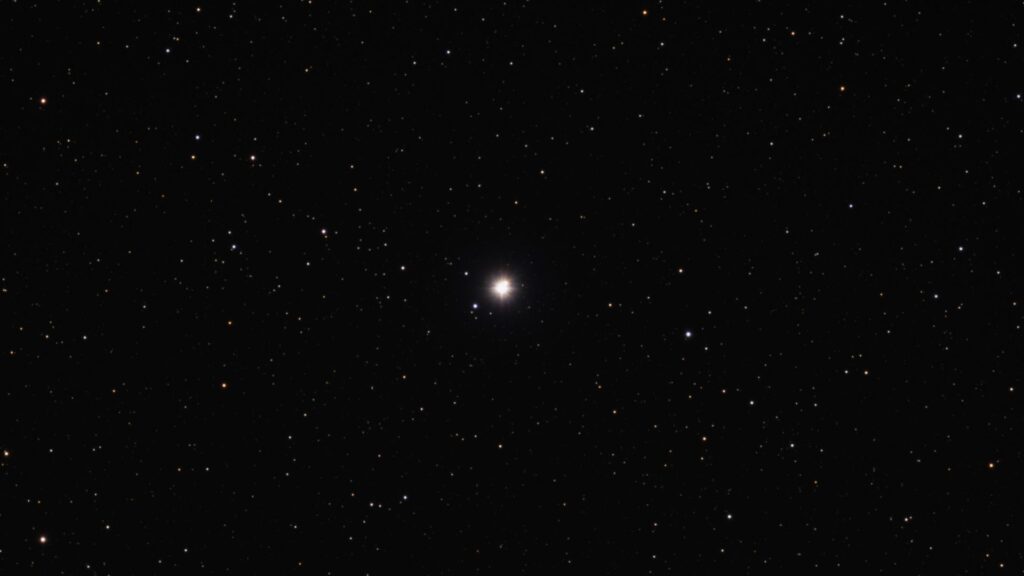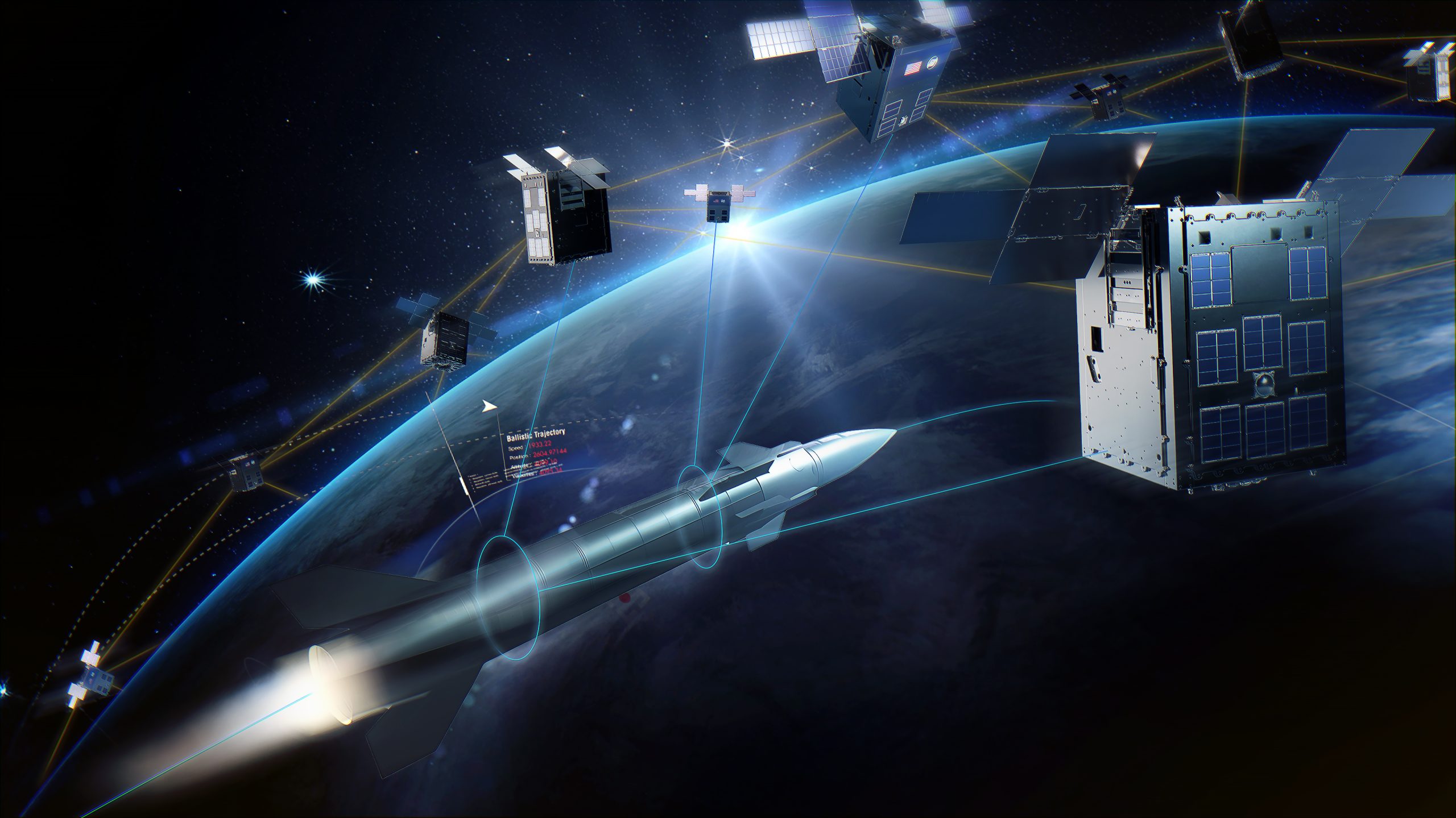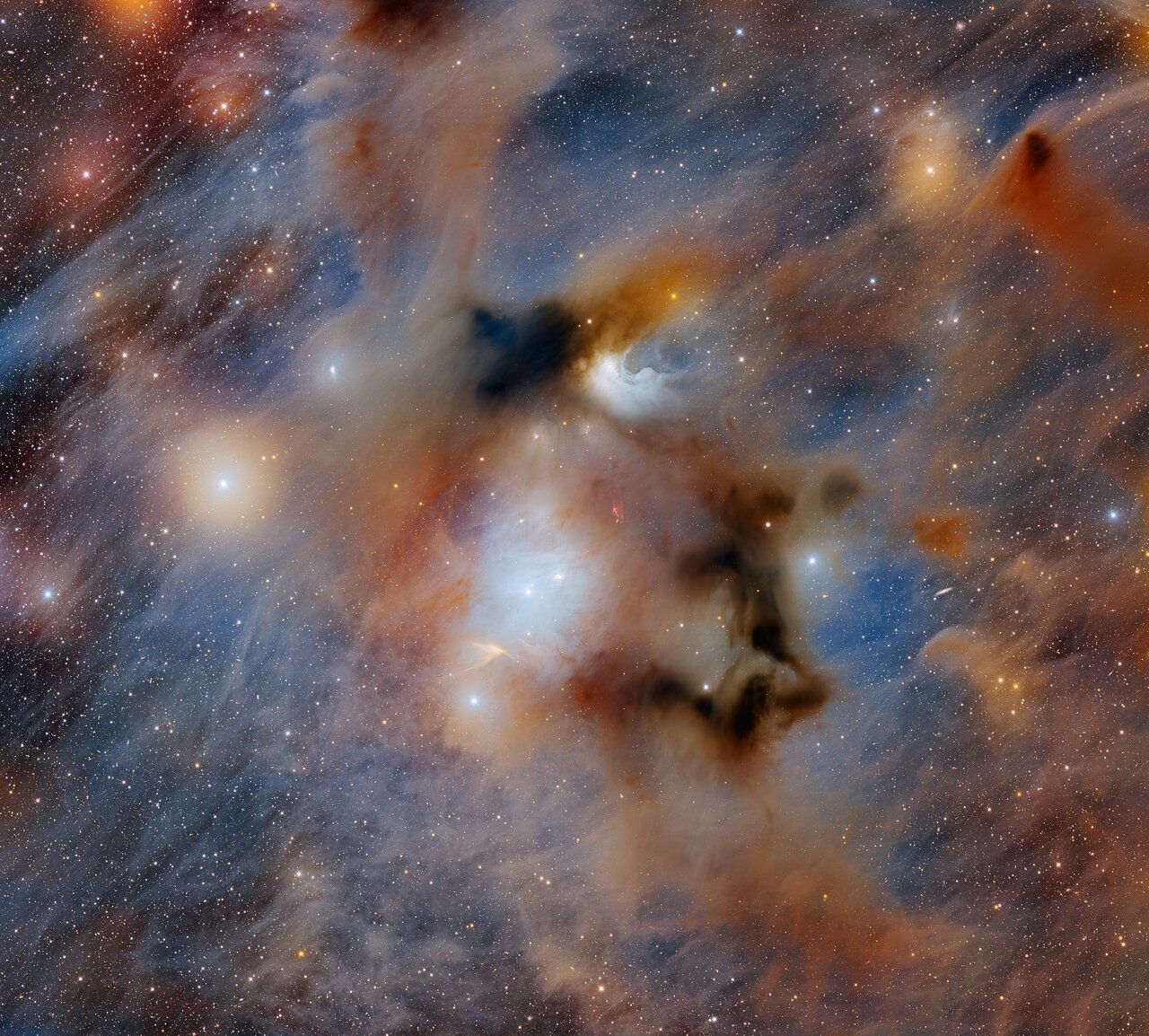Very massive stars (VMSs), which typically has masses about 100 times that of our own Sun, are critical components in our understanding of the formation of important astronomical structures like
Shortly after astronomers detected asteroid 2024 YR4 on December 27th, 2024, they realized it posed no threat to Earth. But it still might impact the Moon in 2032. The impact
Axiom Space’s next astronaut launch is back on the board, at least for now. That mission, Ax-4, is Axiom’s fourth crewed flight to the International Space Station (ISS). It was
When astronauts finally reach Mars, they’ll face a unique challenge: walking and working in gravity that’s only 37% as strong as Earth’s. After spending months in the weightlessness of space,
Scientists using NASA’s James Webb Space Telescope (JWST) have made an exciting discovery about the early universe. They found dozens of small galaxies that played a huge role in transforming
Key details Price: $79.99/£79.99 Model number: 76191 Number of pieces: 590 Dimensions: 13 x 6 x 5 inches / 31 x 13 x 11cm Recommended age: 18+ Most Lego sets
Keith Cowing Explorers Club Fellow, ex-NASA Space Station Payload manager/space biologist, Away Teams, Journalist, Lapsed climber, Synaesthete, Na’Vi-Jedi-Freman-Buddhist-mix, ASL, Devon Island and Everest Base Camp veteran, (he/him) 🖖🏻 Follow on
A new chapter in European weather and climate monitoring begins as EUMETSAT’s Meteosat-12 satellite, formerly Meteosat Third Generation (MTG) Imager 1, takes up the baton from Meteosat-10 to deliver Europe’s
This NASA/ESA Hubble Space Telescope image features the barred spiral galaxy IC 758. ESA/Hubble & NASA, C. Kilpatrick This serene spiral galaxy hides a cataclysmic past. The galaxy IC 758,
The universe is full of cosmic masterpieces, none more so than this stunningly evocative vista of the Chamaeleon I dark cloud. Chamaeleon I is part of the closest star-forming complex
-
 012024 in Review: Highlights from NASA in Silicon Valley
012024 in Review: Highlights from NASA in Silicon Valley -
 02Panasonic Leica Summilux DG 15mm f/1.7 ASPH review
02Panasonic Leica Summilux DG 15mm f/1.7 ASPH review -
 03How New NASA, India Earth Satellite NISAR Will See Earth
03How New NASA, India Earth Satellite NISAR Will See Earth -
 04And Thus Begins A New Year For Life On Earth
04And Thus Begins A New Year For Life On Earth -
 05Astronomy Activation Ambassadors: A New Era
05Astronomy Activation Ambassadors: A New Era -
06SpaceX launch surge helps set new global launch record in 2024
-
 07Space Force plans new ‘Futures Command’ amid pressure to speed up modernization
07Space Force plans new ‘Futures Command’ amid pressure to speed up modernization


